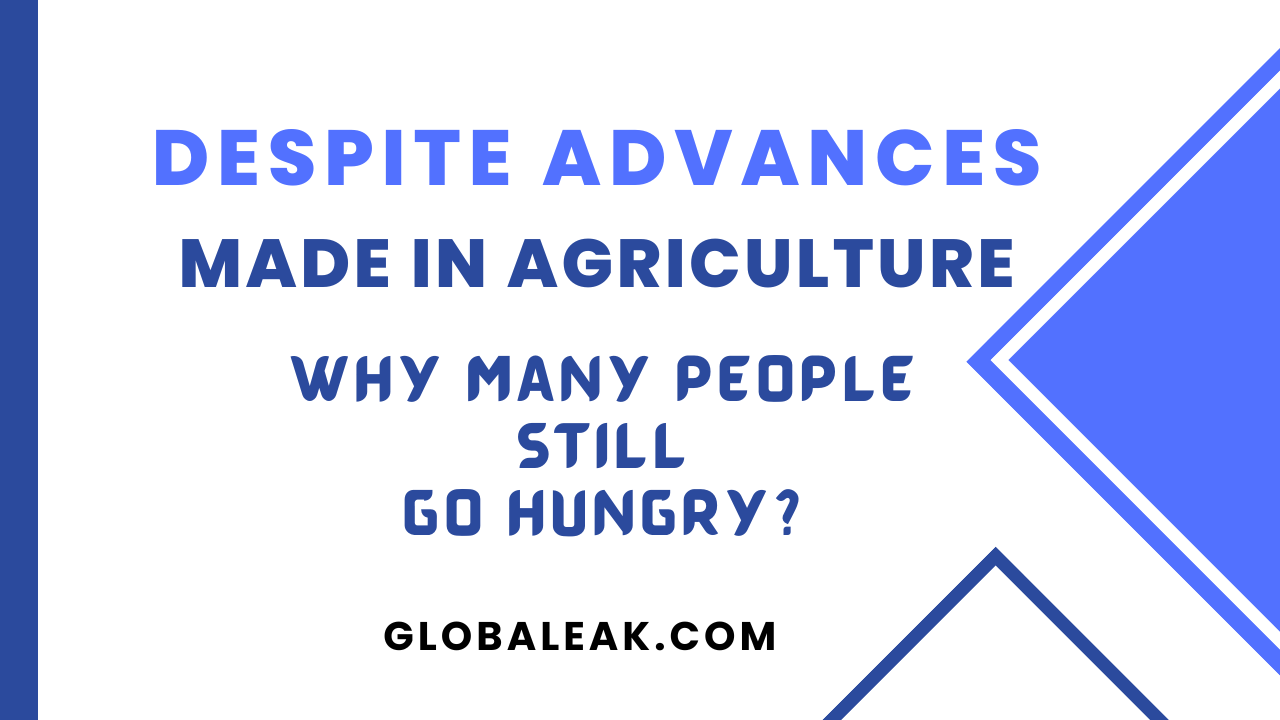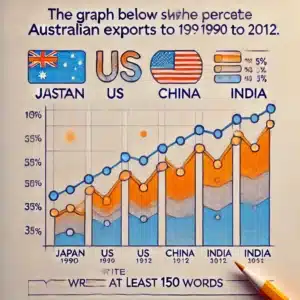In spite of the advances made in agriculture, many people around the world still go hungry. Why is this the case? What can be done about this problem?
Though agriculture has progressed so much that people have altogether switched from nomadic hunter-gatherers to making genetically modified copies of plants and animals. The world is now moving towards adapting sustainable farming practices and making use of technologies like sensors, smart irrigation, drones, and automation for effective food resource management and yield. Despite all these advances many people around the world still go hungry due to poverty, conflict, climate change, political instability, mismanagement of available resources, and inadequate infrastructure. Efforts to improve agricultural practices, enhance access to resources, prevalence of peace, implement effective policies, and promote education and training are all crucial steps toward achieving global food security.
To begin with, poverty is one of the primary drivers of hunger. People living in poverty often lack the financial resources to access an adequate and nutritious diet. Some communities lack access to essential resources for agriculture, such as land, water, seeds, and fertilizers. This limits their ability to grow enough food to meet their needs. Parts of South Asia, including India, Pakistan, and Bangladesh, have large populations facing food insecurity due to factors such as poverty, population density, and climate-related challenges. Ethiopia and many other countries still face food insecurity challenges due to factors like drought, poverty, and limited infrastructure.
Besides, natural disasters, droughts, floods, and other environmental factors can devastate crops and livestock, leading to food shortages. Moreover, areas affected by conflict or political instability often face disruptions in food production, distribution, and access. This leads to food shortages and increased vulnerability among populations in such regions. For instance, the current level of hunger in Yemen is unprecedented and is causing severe hardship for millions of people. Despite ongoing humanitarian assistance, 17 million Yemenis are food insecure according to a recent report by World Food Programme. Also, people in Gaza are going hungry because of dire humanitarian situations. Nearly one-third of the population of Palestine – 33.6 percent, or 1.84 million people – was food insecure even before the most recent attacks, according to the WFP.
To conclude, people are hungry in countries for a variety of complex and interconnected reasons such as armed conflicts among the countries, and mismanagement of available resources. These prevailing food insecurities can be addressed by encouraging sustainable farming practices and by increasing crop productivity through funding research in agriculture, genetics, and crop science to develop high-yielding, drought-resistant, and disease-resistant crops. Moreover, the enforcement and implementation of policies that promote food security through price stabilization mechanisms, subsidies for staple foods, and easy access to food for vulnerable populations. Above all, a peaceful resolution of conflicts around the globe would be a step towards increasing food security as supply chains would work smoothly in a conflict-free business environment.
📍 English Language Educator | Blogger & Content Strategist | 7+ Years in Educational Blogging
Nosheen Bashir is a dedicated English teacher and experienced blogger with over seven years of expertise in content creation and educational writing. Passionate about language, literature, and effective communication, she combines her teaching experience with blogging skills to create insightful, research-backed content that helps learners and educators alike.
🔹 Expertise & Achievements:
✔ English Language Education: A skilled educator with years of experience in teaching English grammar, literature, and communication skills to students of varying levels.
✔ Educational Blogging: Running a successful blog for 7+ years, delivering well-structured, engaging content on language learning, writing techniques, and academic success.
✔ SEO & Content Strategy: Specializes in creating high-ranking, authoritative articles that follow Google’s EEAT principles, ensuring content that is both informative and search-friendly.
✔ Student-Centric Approach: Committed to making English easier, engaging, and accessible, helping readers and students improve their language proficiency.
🚀 With a passion for teaching and writing, Nosheen Bashir is dedicated to crafting educational content that empowers students, teachers, and language enthusiasts worldwide.









